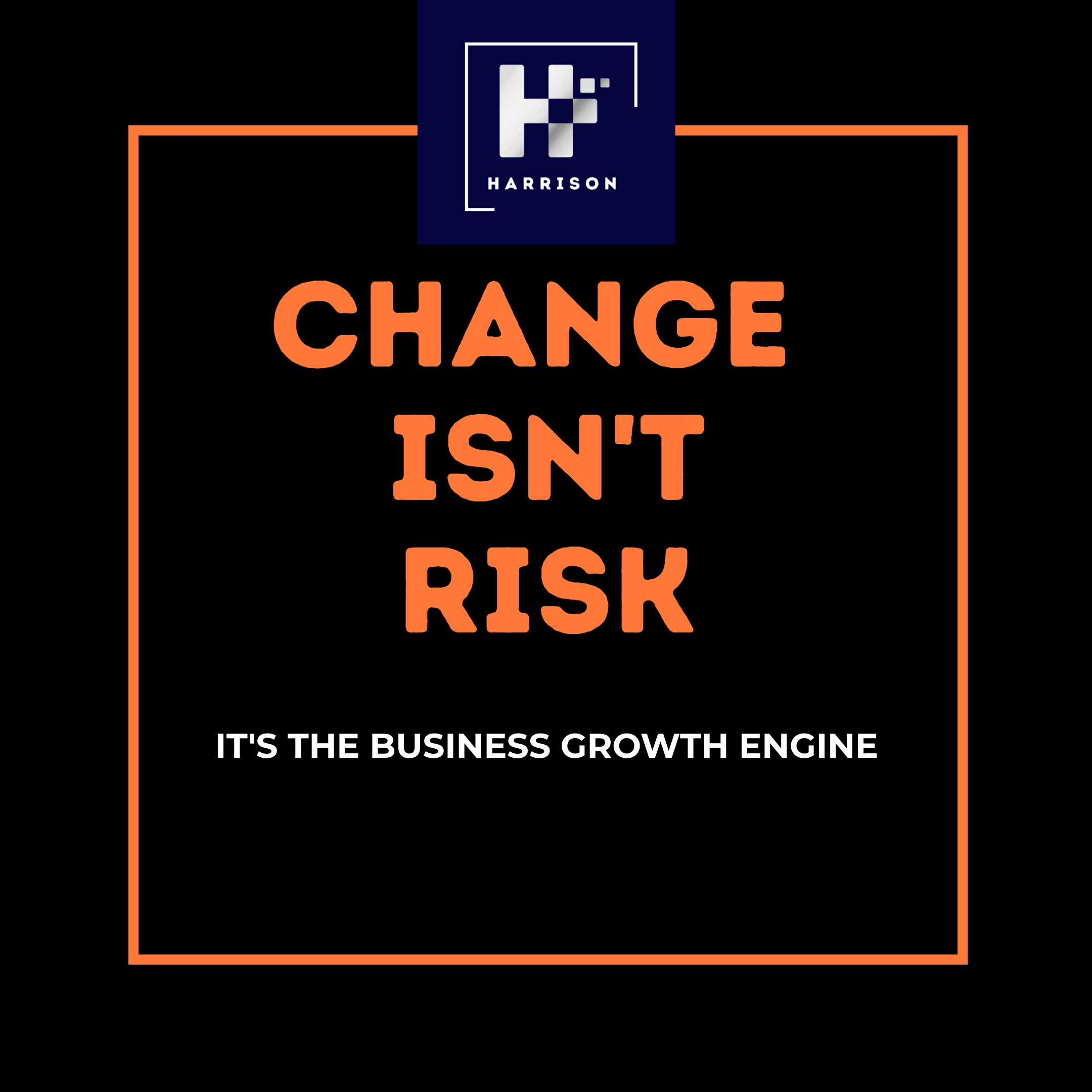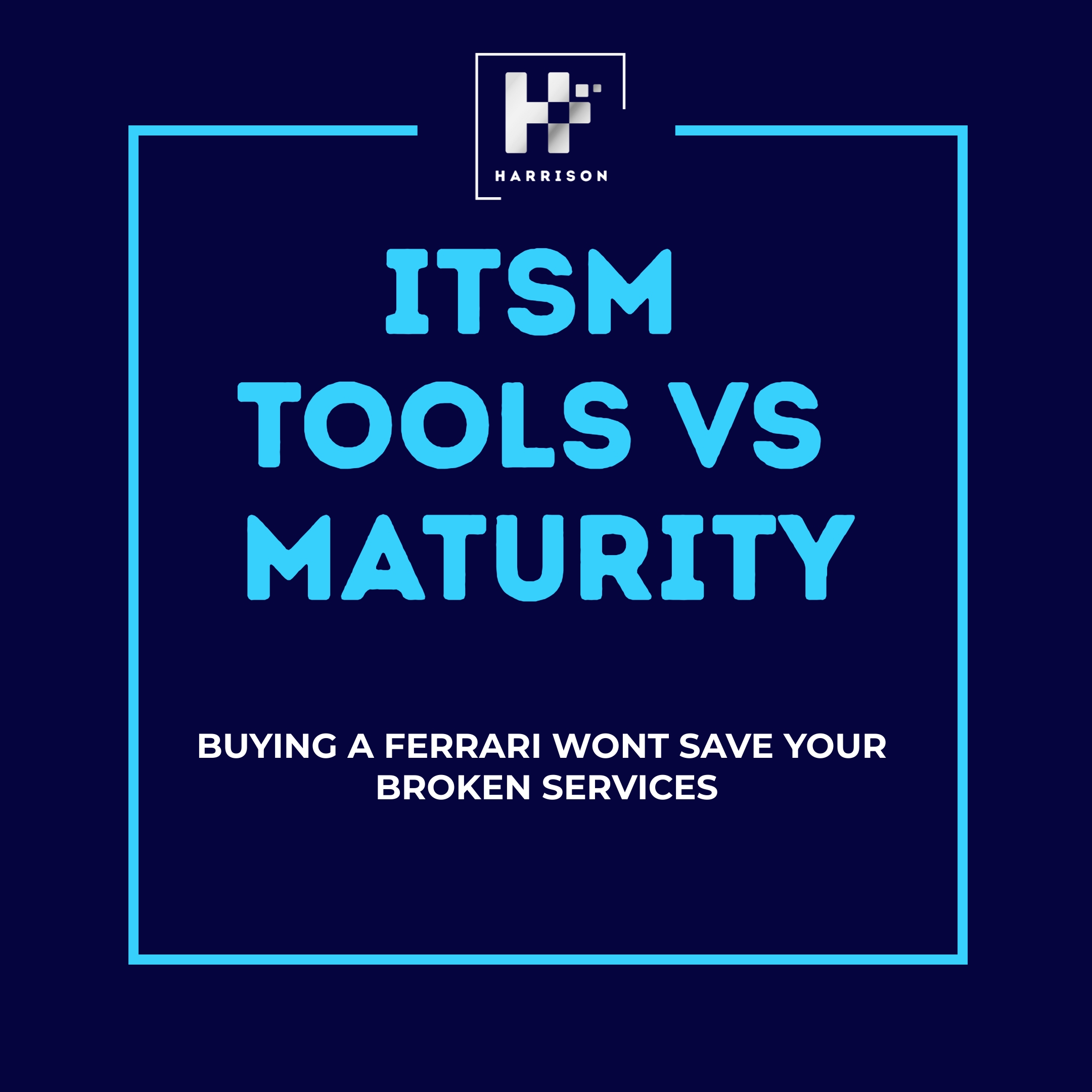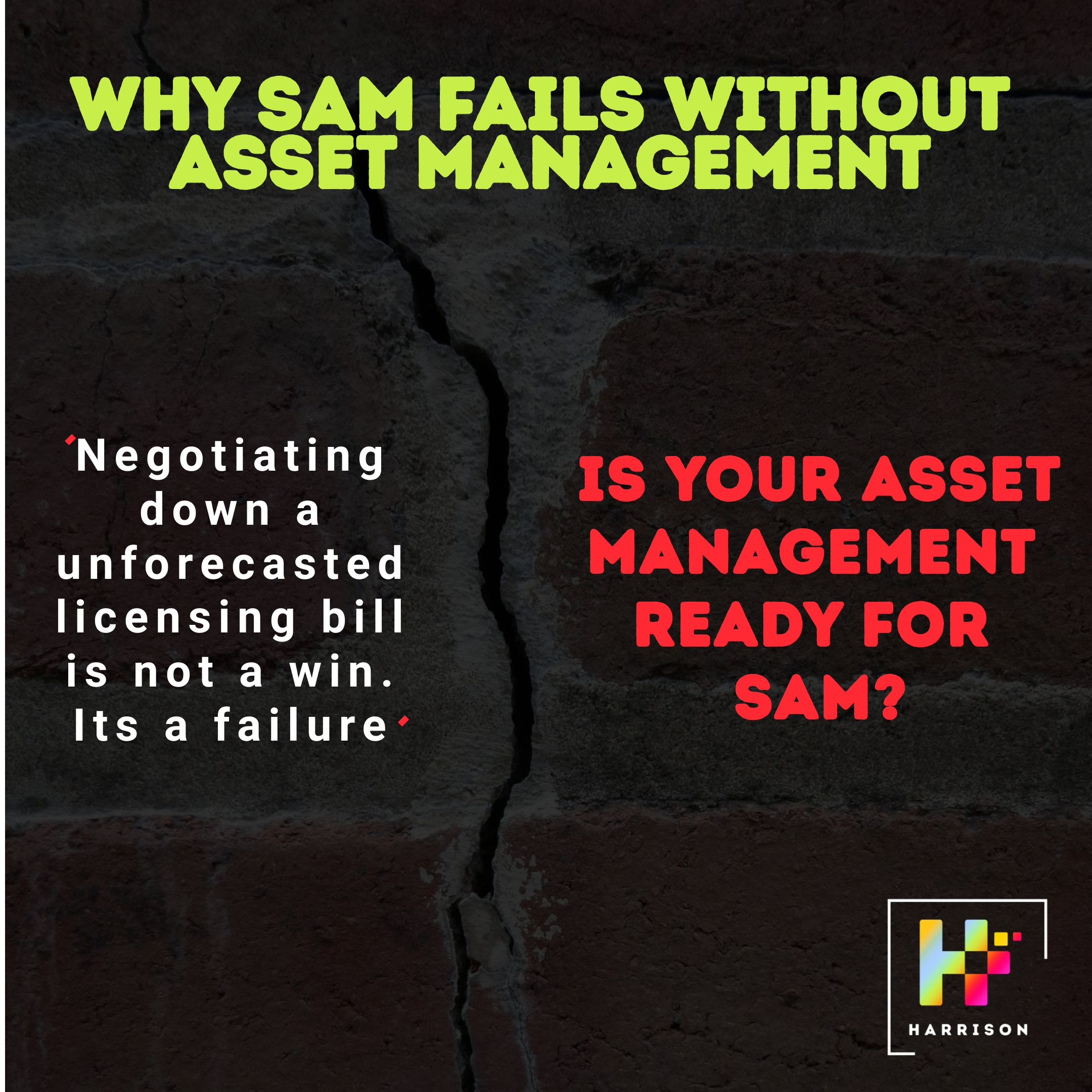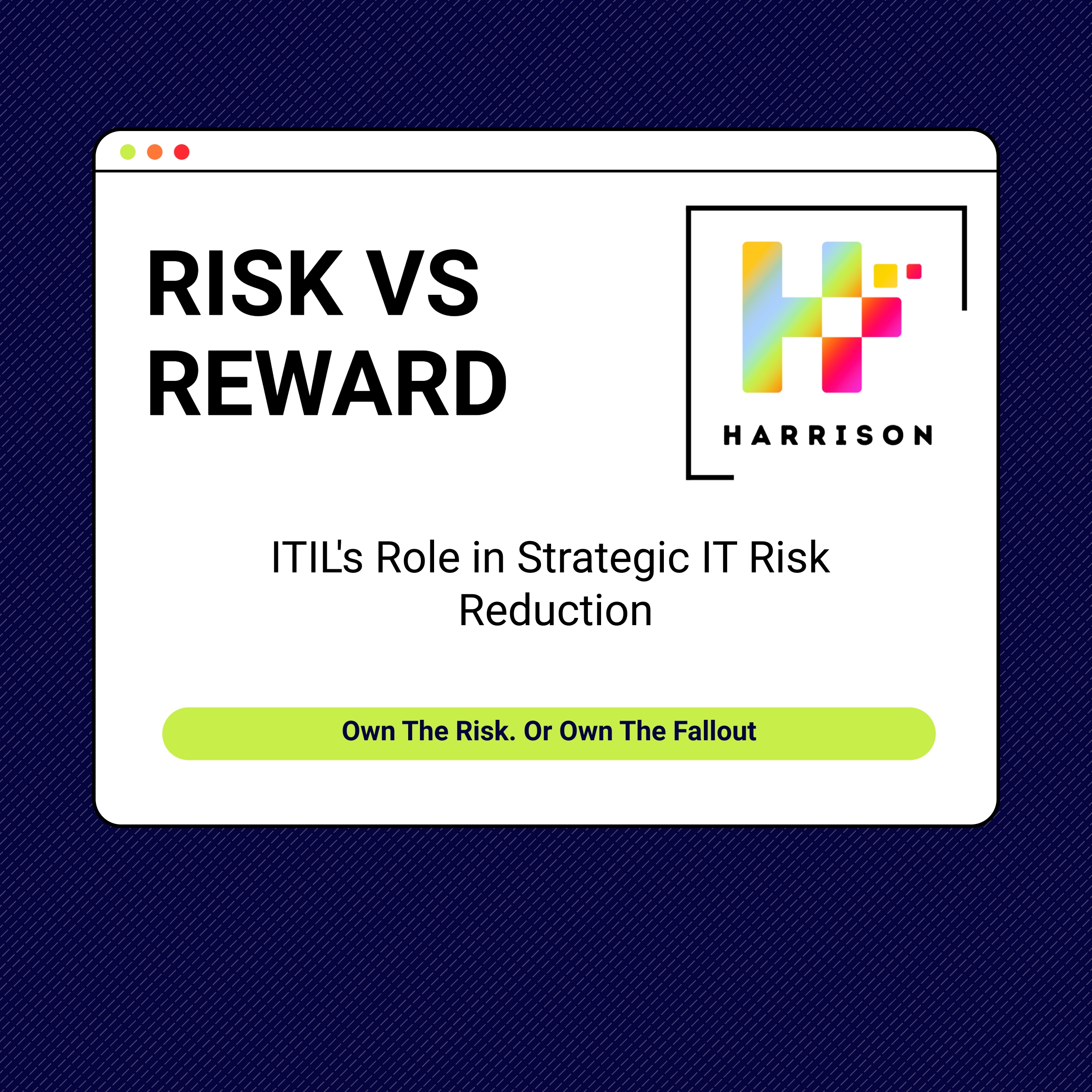Financial Management – The Most Underrated CIO Lever
ITIL Leadership Playbook – Week 7, Blog 2
“You don’t control IT if you can’t model its cost. And you can’t lead it if you don’t understand its value.”
💸 The Reality: IT Budgets Without Cost Intelligence
Most CIOs can walk you through their cost centres.
They’ve got the P&L. They’ve got the run vs change numbers.
They sit in the monthly reviews. They sign off the accruals.
But here’s the truth:
That’s not financial management. That’s financial housekeeping.
What’s missing is insight — into how technology consumption drives spend, where waste hides in the estate, and how cost links to business value.
So when cloud costs creep, or a CFO asks what a 20% cut would really mean, the response is often tactical, late, and unconvincing.
Because IT leaders aren’t lacking numbers — they’re lacking models.
❌ The Problem: You’ve Got Budgets, Not Insight
Let’s be clear — every CIO has a budget.
But few have a dynamic model of how IT spend behaves.
That means:
-
New starters get added, but no one can say what that does to service costs.
-
Cloud costs spike, but there’s no link to usage or business demand.
-
Forecasts are flat, based on last year plus a guess — not consumption trends.
-
Vendor spend balloons, but no one can connect it to outcomes.
This isn’t just frustrating. It’s dangerous.
Because without financial insight, strategy gets reduced to survival.
“By 2027, 70% of digital leaders will report cloud cost overruns as the top reason for failed transformation initiatives.”
— Gartner, 2024
✅ The Good: When CIOs Own the Financial Narrative
World-class IT leaders don’t just manage spend — they engineer value.
That means:
-
Cost-to-serve models are linked to the service catalogue and updated quarterly.
-
Run vs Change breakdowns are visible by service, product, and team.
-
Cloud costs are tagged, forecasted, and tied to consumption drivers.
-
Showback models let business leaders see their footprint and challenge value.
-
Service dashboards include cost overlays — not just uptime metrics.
-
Vendor performance is tied to outcomes — not just uptime SLAs.
This is financial management as a leadership discipline, not a support function.
❌ The Bad: When IT Is Just Bean Counting
Too many IT organisations are stuck in backwards-looking, spreadsheet-based cost control.
Symptoms:
-
Forecasts are static and always overrun.
-
Service owners don’t know what they cost to run.
-
Finance can challenge spend better than IT can defend it.
-
Vendor renewals go through without scenario planning.
-
Cloud costs rise but the CFO hears “we’re looking into it.”
This is how transformation initiatives stall.
Because no one trusts the numbers — and the story’s always reactive.
🧠 CIO WAR CHEST: Questions That Signal Financial Maturity
Ask these now — they’ll expose whether your org is managing costs or just reporting them.
-
What’s our run vs change split this quarter, and how does it trend?
-
Ask: IT Finance Lead, PMO
-
Data: Budget ledger, time allocation, project OPEX/CAPEX ratio
-
-
Which services are the most expensive to run — and do they align with business priorities?
-
Ask: Service Owner, Portfolio Lead
-
Data: Cost-to-serve model, service tiering
-
-
What happens to our service costs when user volumes grow?
-
Ask: Service Design, CloudOps, Finance Business Partner
-
Data: Cost elasticity models, onboarding forecasts
-
-
Where is our cloud spend increasing the fastest — and is it tied to planned demand?
-
Ask: CloudOps Lead, Tooling Analyst
-
Data: Tagged cloud consumption reports, growth drivers
-
-
Do we track vendor spend against outcomes — not just contract terms?
-
Ask: Procurement Lead
-
Data: Scorecards, outcome-based payment models
-
-
Are cost models part of our service dashboarding — or hidden in spreadsheets?
-
Ask: Tooling Lead, Ops Governance
-
Data: Visual dashboards with cost metrics, crosswalks with usage data
-
🧨 The Hard Truths for CIOs
-
You can’t lead what you can’t model.
-
Every “unexpected” cloud bill is really a failure to forecast.
-
If your team can’t tell Finance how cost links to value, they’ll define value for you.
-
If you can’t articulate the business cost of service X, why fund it?
🎯 What Great Looks Like
Modern CIOs aren’t just operational leaders.
They’re technology economists — fluent in how services behave, scale, and create value.
They:
-
Forecast spend like a trader — with models, not guesswork.
-
Challenge vendor costs using scenario modelling and outcome data.
-
Link cost transparency to accountability at team level.
-
Integrate ITFM tooling into the wider service management and delivery platform.
-
Collaborate with Finance as a partner, not a cost centre.
🛠 How We Help
We embed ITFM into the operating model:
-
Service-aligned cost models.
-
Dashboards linking cost, usage, and outcomes.
-
Run vs change tracking with benchmark data.
-
Cloud governance controls to prevent waste.
-
Vendor cost-performance mapping.
👉 Need to move from financial reporting to financial leadership? That’s what we do.
🔜 Coming Up: Risk, Security & Continuity
Next week, we close the series with resilience — and it’s a big one:
-
Blog 15: Risk Management – ITIL’s Role in Strategic IT Risk Reduction
-
Blog 16: Information Security Management – Why ITIL Security Practices Must Align With Business Protection
Follow us
Latest articles
December 15, 2025
December 15, 2025
December 15, 2025
December 15, 2025
December 15, 2025
December 15, 2025








